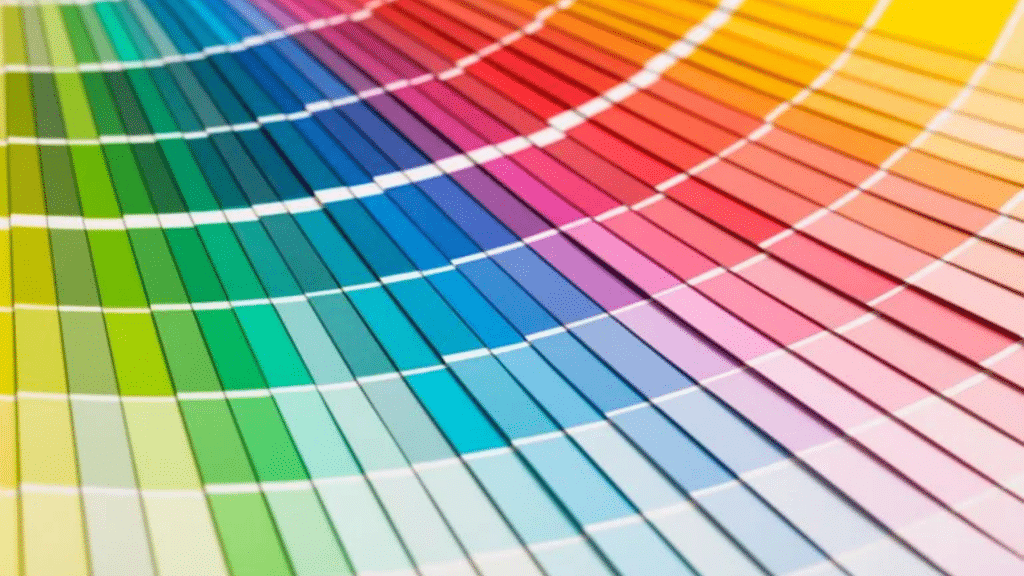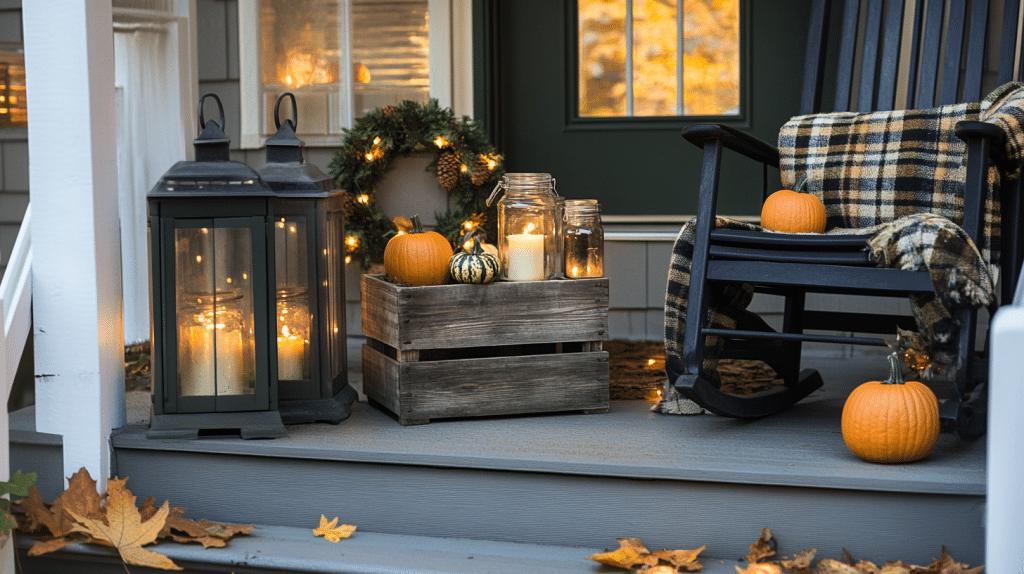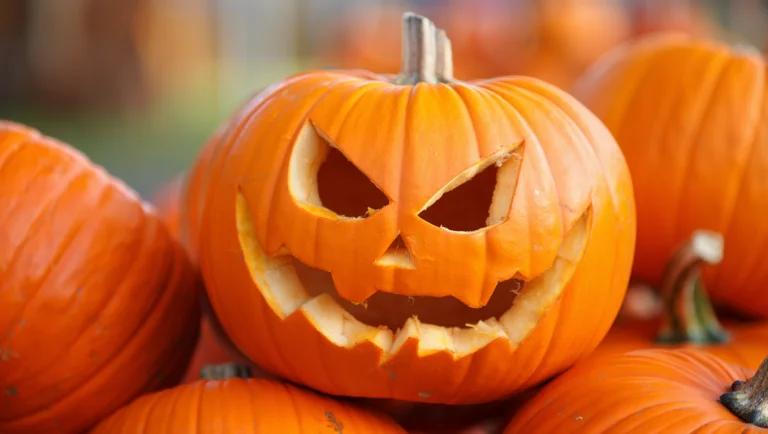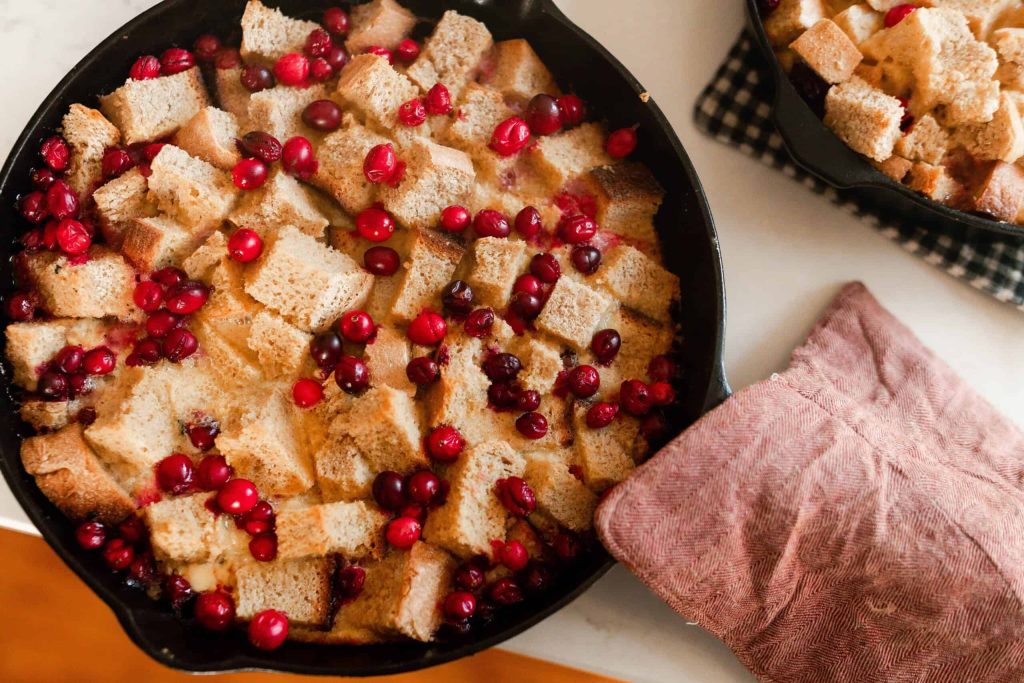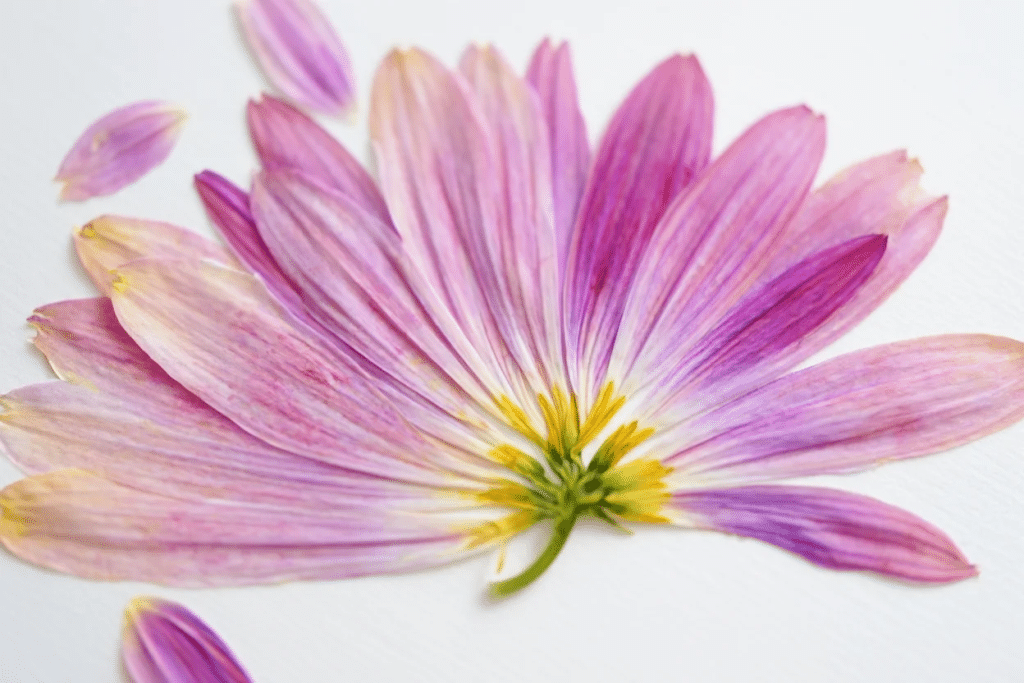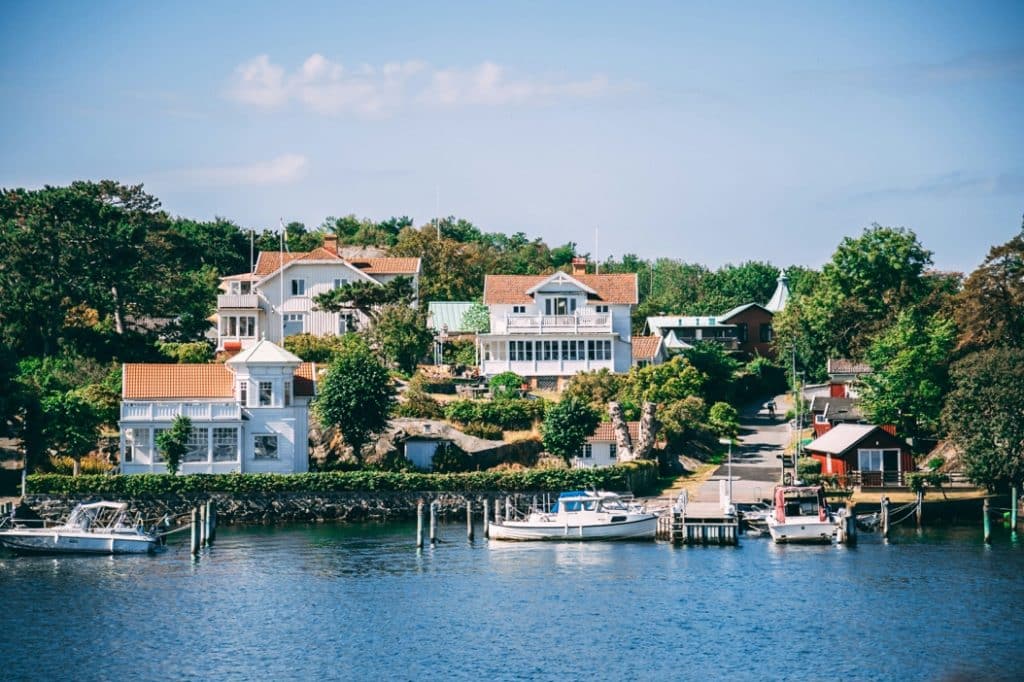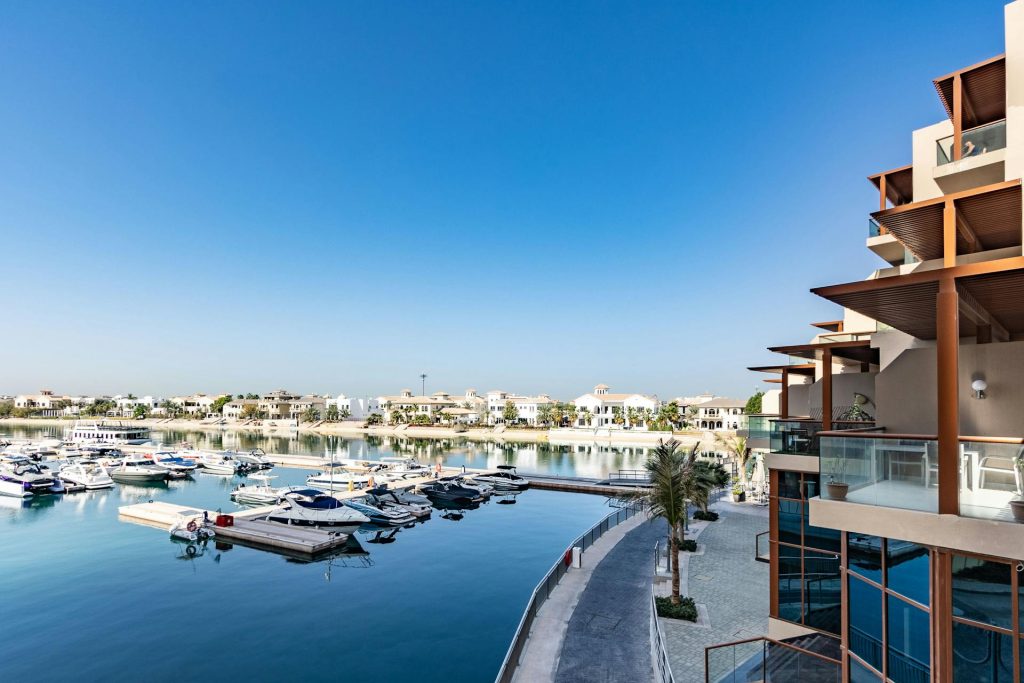You know that feeling when you put on a certain color and suddenly look more vibrant? Or when another shade makes you appear washed out?
Colors have real power over how confident we feel and how others see us. But figuring out which colors actually work for you can feel overwhelming, especially with so many different systems out there.
The old 4-season color theory was just the beginning. Now, the more detailed 16 season color analysis gives us a clearer picture of what truly flatters each person.
I’m here to help you decode this system in a way that actually makes sense for your daily life.
You’ll learn how to identify your specific season and, more importantly, how to use that knowledge when you’re shopping or getting dressed each morning.
What is Seasonal Color Theory
When color theory first met personal styling back in the 1980s, it changed how people thought about getting dressed. The idea was simple, certain colors make you look better than others, and we could group these into four seasons.
I remember learning about this original system; Spring, Summer, Autumn, and Winter. It seemed so straightforward at first.
But then I started noticing the gaps. Some people didn’t quite fit into any of the four boxes. Others looked good in colors from multiple seasons.
That’s where the problems started showing up. The 4-season model was too broad for real people with unique coloring.
So color experts went back to the drawing board and created something more precise: the 16-season system that gives us much better answers.
Decoding the 16-Season Color System
Here’s what makes the 16 season color analysis so much better than the old approach.
Instead of just four big groups, it looks at three specific things about how colors work with your natural coloring.
| Dimension | Options | What It Means |
|---|---|---|
| Undertone | Cool vs Warm | Whether you lean pink/blue or yellow/golden |
| Value | Light vs Deep | How light or dark colors look best on you |
| Chroma | Soft vs Bright | How muted or intense colors should be |
The classic system only had four ingredients to work with. But the 16-season approach gives us 16 different combinations of these three elements.
So instead of being a “Winter,” you might be a “Deep Winter” or a “Clear Winter,” each with very different color needs.
This trifecta method means it can tell you exactly why certain blues work for you while others don’t. It’s not just about the color family anymore. It’s about finding the right temperature, depth, and intensity that makes your features pop.
When all three dimensions align with your natural coloring, that’s when the magic happens. Colors stop fighting against you and start working with you.
Breaking Down the 16 Season Color Profiles
Let me walk you through each of the 16 types so you can see how different they really are. I’ve found that understanding these distinctions makes all the difference when you’re trying to figure out your own coloring.
Spring Palette Types
Spring types are all about warmth and vitality, but each one needs different levels of intensity and clarity. Let me show you how these four Spring variations differ and what makes each one special.
True Spring: Clear, Warm, and Fresh

If you’re a True Spring, you have that natural glow that comes alive in clear, warm colors. Your skin has golden undertones, and your hair might be strawberry blonde or light brown with warm highlights.
I notice True Springs look radiant in colors that feel like a sunny spring day. These colors have clarity without being too intense.
- Color examples: Coral, peach, golden yellow, turquoise, clear leaf green
Warm Spring: Golden Warmth with Depth
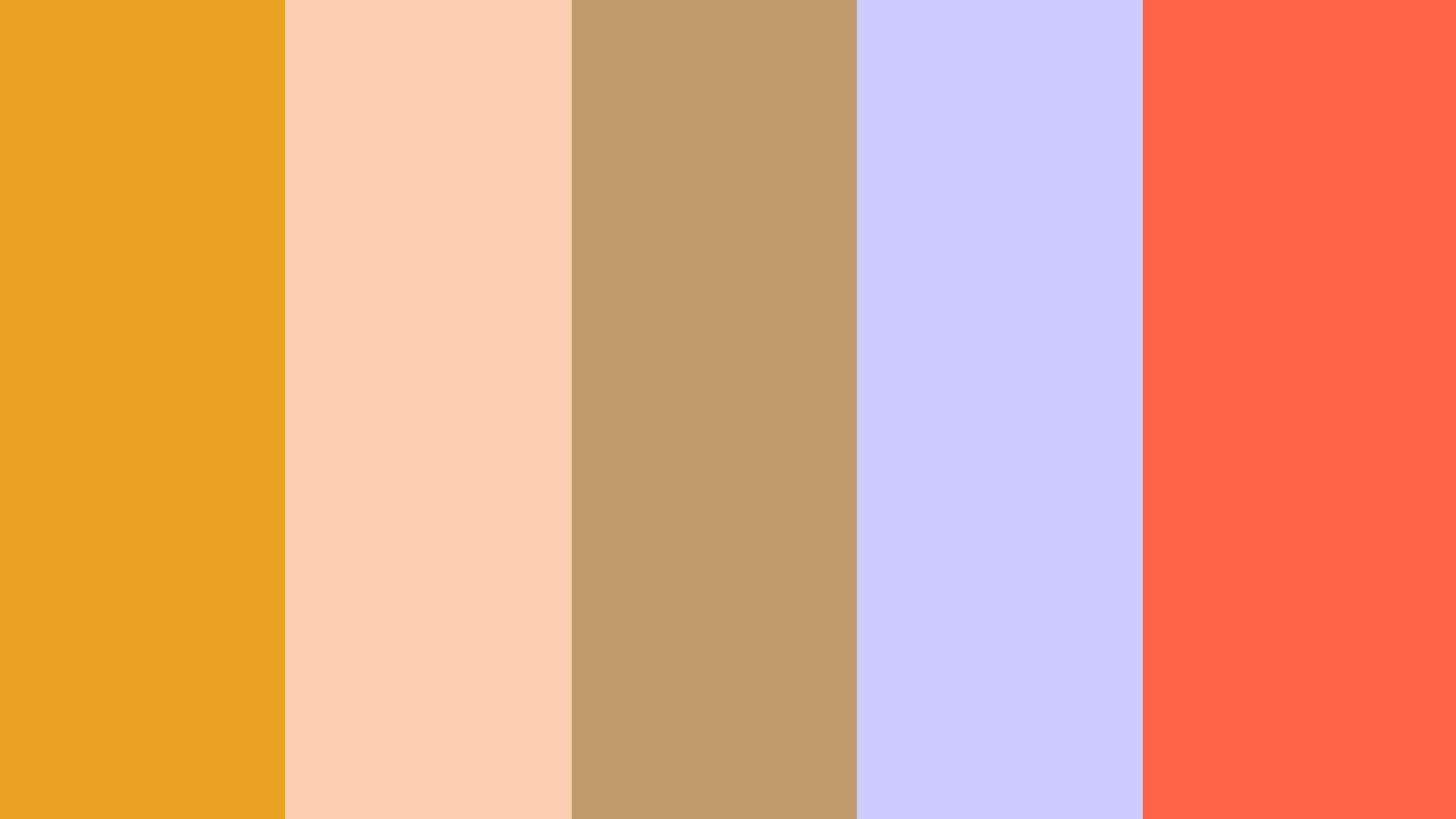
Warm Springs have more depth than True Springs but still need that golden warmth. Your coloring tends to be richer, think auburn hair or deeper golden blonde.
I see this type looking fantastic in colors that feel like autumn leaves but with spring’s freshness. You can handle more intensity than other Spring types.
- Color examples: Marigold, warm apricot, camel, warm periwinkle, tomato red
Light Spring: Soft and Airy
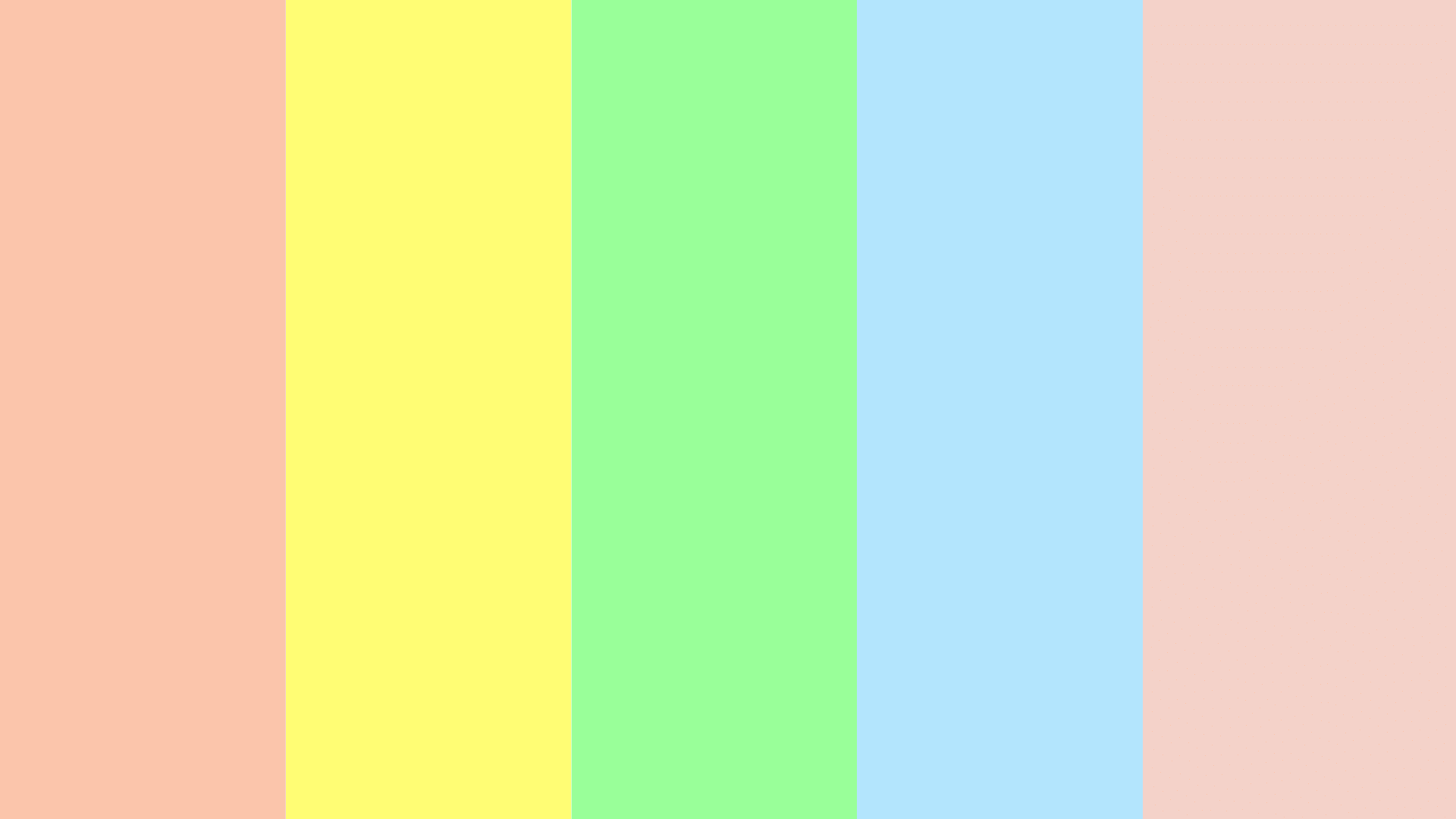
Light Springs have the gentlest coloring of all the Spring types. Your hair is usually light blonde, and your skin has a soft, peachy glow.
Light Springs need colors that whisper rather than shout. Heavy or dark colors can overwhelm your natural softness.
- Color examples: Light peach, butter yellow, mint green, soft aqua, blush pink
Bright Spring: Sparkling Clarity with Contrast
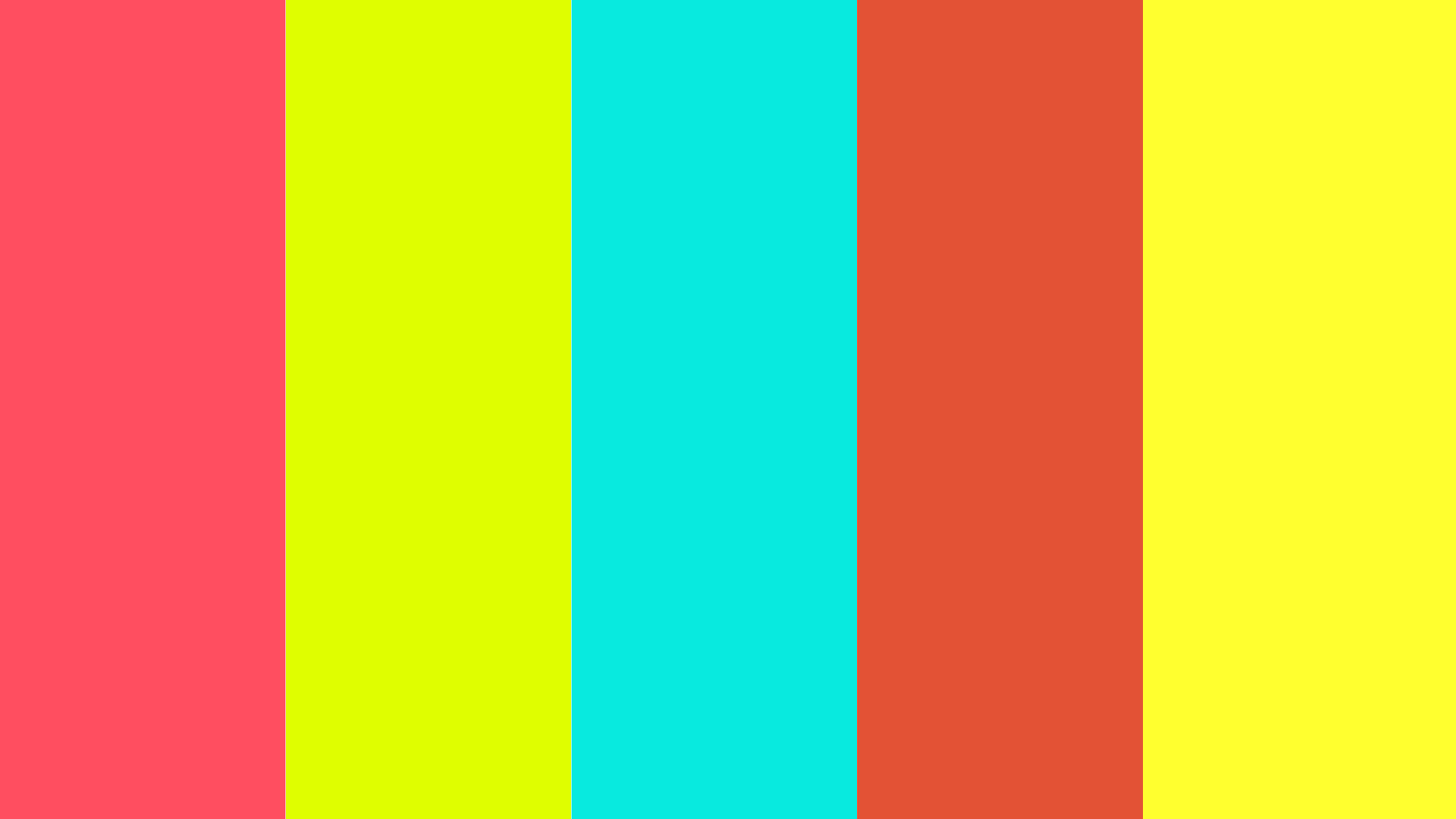
Bright Springs can handle the most intense colors in the Spring family. You probably have dark hair with golden highlights or very bright blonde hair with darker eyebrows.
I notice these folks look stunning in colors that would overwhelm other Springs. You need that extra pop of intensity to match your natural contrast.
- Color examples: Hot coral, chartreuse, bright turquoise, poppy red, daffodil yellow
Autumn Palette Types
Autumn types share that essential warmth, but they vary greatly in how much depth and intensity they can handle. I find these four Autumn variations show just how nuanced warm coloring can be.
True Autumn: Earthy and Rich

True Autumns embody the classic fall look with golden or auburn hair and warm, peachy skin. Your eyes might be deep brown, hazel, or warm green.
I think of True Autumns as needing colors that feel grounded and natural. Cool colors just don’t work, they make you look tired.
- Color examples: Burnt orange, olive green, rust, mustard, terracotta
Warm Autumn: Warmth Intensified with Brightness

Warm Autumns can handle more intensity than True Autumns while keeping that essential warmth. Your coloring tends to be vivid, maybe bright red hair or golden brown with strong warm undertones.
These types looking great in colors that feel like a crackling fire. You need warmth but with more energy.
- Color examples: Copper, ginger spice, warm teal, marigold, brick red
Deep Autumn: Saturated, Low-light Colors

Deep Autumns have the darkest coloring in the Autumn family. Think dark brown or black hair with golden undertones and deep, warm eyes.
Deep Autumns need colors with real substance and depth. Light colors make you disappear, but rich, saturated tones make you glow.
- Color examples: Deep olive, espresso brown, pine green, mahogany, warm navy
Soft Autumn: Muted Grace with Gentle Warmth

Soft Autumns have the most gentle coloring in the Autumn group. Your hair might be mousy brown or dark blonde, and your overall look is understated.
I notice that Soft Autumns look best in colors that have been “dusty” or toned down. Bright colors compete with your natural subtlety.
- Color examples: Dusty rose, sage green, oatmeal, soft pumpkin, weathered gold
Winter Palette Types
Winter types in 16 season color analysis all need cool undertones, but the similarity ends there. I’ve noticed these four Winter variations require completely different approaches to intensity and contrast levels.
True Winter: Bold Contrast with Icy Clarity

True Winters have the most dramatic natural coloring – think Snow White. You probably have dark hair, light skin, and bright eyes.
True Winters looking incredible in colors that are pure and clear. Any warmth in colors makes you look off, but cool, clear tones make you shine.
- Color examples: Jet black, snow white, royal blue, emerald, crimson
Cool Winter: Crisp Coolness without Warmth
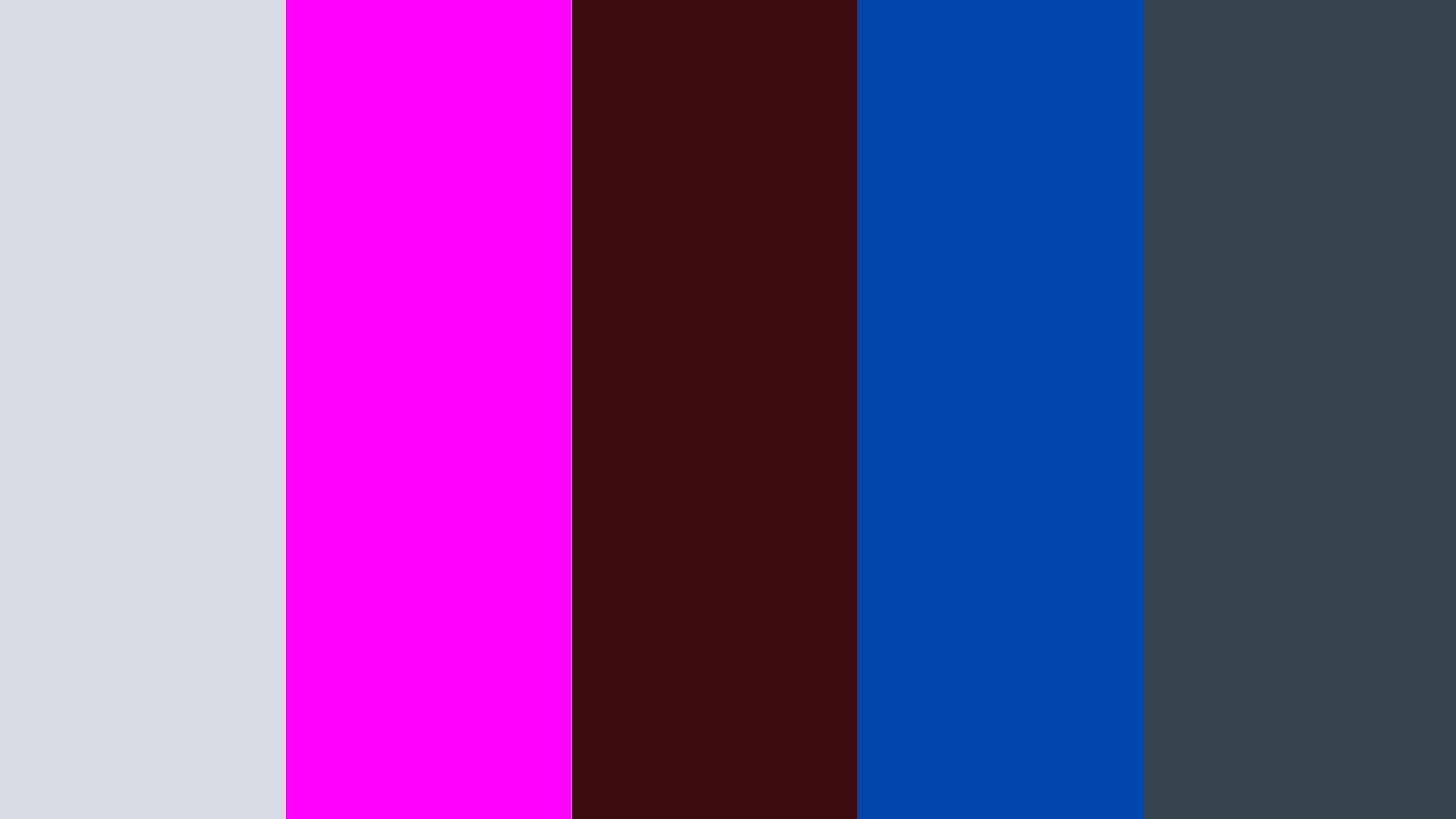
Cool Winters need colors that feel like winter air – clear and cold. Your hair is usually dark brown or black, and your skin has pink or blue undertones.
I find that Cool Winters look best in colors that have absolutely no warmth. Even a hint of yellow or orange throws off your natural coolness.
- Color examples: Icy lavender, fuchsia, black cherry, cobalt blue, charcoal
Deep Winter: Strong and Intense Tones

Deep Winters can handle the most saturated colors in the Winter family. You have deep, rich coloring; dark hair, deep eyes, and skin that can be light or dark but always cool-toned.
Deep Winters need colors with real weight and intensity. Pastels just don’t provide enough contrast for your strong features.
- Color examples: Black plum, burgundy, forest green, ink blue, deep ruby
Bright Winter: Vivid, High-Impact Colors

Bright Winters need colors that practically glow. You might have very dark hair with light, bright eyes, or salt-and-pepper hair with strong features.
I see these types looking fantastic in colors that would overwhelm most people. You have natural drama that needs equally strong colors to match.
- Color examples: Neon pink, electric blue, true red, icy aqua, lime green
Summer Palette Types
Summer types in 16 season color analysis all share cool undertones, but they need very different levels of softness and clarity. I find these four Summer variations prove that cool doesn’t always mean the same thing.
True Summer: Soft, Cool, and Romantic

True Summers have gentle, cool coloring with ash blonde or light brown hair and pink-toned skin. Your eyes are usually blue, gray, or soft green.
I find that True Summers look lovely in colors that feel like a misty morning. Anything too bright or warm clashes with your natural softness.
- Color examples: Powder blue, lavender, dusty rose, mauve, cool gray
Cool Summer: Clear Coolness with Subtlety
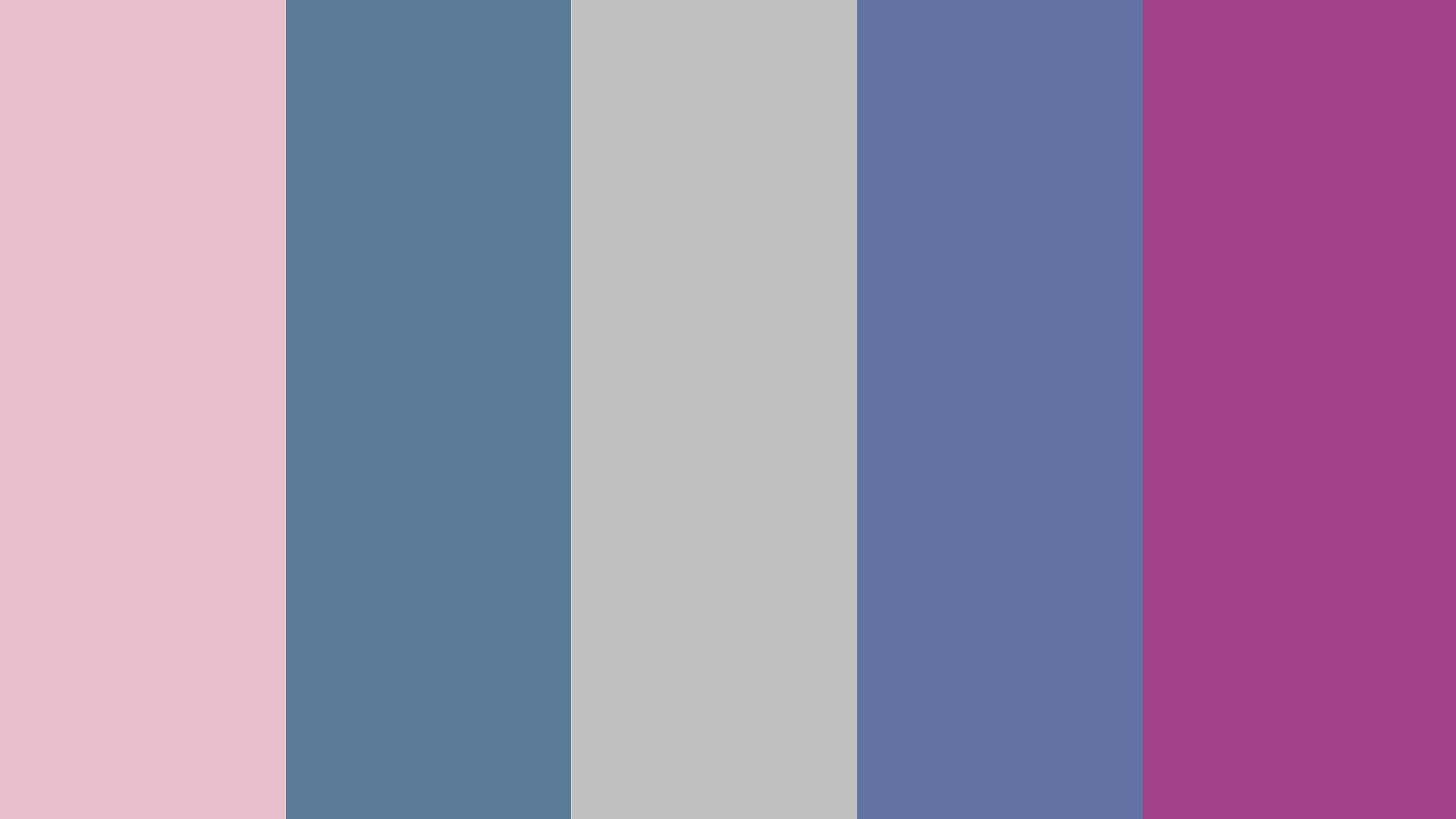
Cool Summers have clearer coloring than True Summers but still need cool tones. Your hair might be darker ash blonde or light brown, and your skin has clear pink undertones.
Cool Summers can handle slightly more intensity than True Summers while staying cool. Warm colors still don’t work.
- Color examples: Icy pink, slate blue, silver, soft navy, heather purple
Soft Summer: Dusty, Muted Softness

Soft Summers have the most muted coloring in the Summer family. Your hair is usually mousy brown or dark ash blonde, and your overall appearance is gentle.
I see Soft Summers looking best in colors that seem like they’ve been filtered through fog. Clear, bright colors overwhelm your natural subtlety.
- Color examples: Muted teal, sage, dusty plum, pebble gray, antique rose
Light Summer: Gentle Cool Tones with Brightness

Light Summers can handle lighter, brighter colors than other Summer types while keeping cool undertones. You probably have light ash blonde hair and fair, pink-toned skin.
Light Summers need colors that feel fresh and airy but never warm. You’re like a summer sky – light and cool but with clarity.
- Color examples: Sky blue, seafoam, soft lilac, pale lemon, light rose
How to Determine Your Undertone (Cool vs Warm)
I always start with undertones because they’re the foundation of everything else. Here’s a simple way to figure out if you’re cool or warm:
| Test Method | Cool Undertone Signs | Warm Undertone Signs |
|---|---|---|
| Vein Check | Veins look blue or purple | Veins look green or olive |
| Jewelry Test | Silver looks better on you | Gold looks better on you |
| White Paper Test | You look better next to bright white | You look better next to cream/off-white |
| Sun Reaction | You burn easily, tan slowly | You tan easily, burn less |
| Eye Color | Blue, gray, green with cool tones | Brown, hazel, green with gold flecks |
Benefits of the 16-Season Color Analysis
Understanding your specific season within the 16 season color analysis system goes way beyond just knowing which colors to wear. I’ve seen how this knowledge transforms everything from shopping decisions to daily confidence levels.
- Confidence in clothing and makeup choices. I know exactly which lipstick shades will complement my skin and which foundation undertones to choose. No more guessing or buying products that just sit unused.
- Smarter shopping decisions and closet clarity. I can walk into any store and quickly identify what will work for me. My closet becomes more focused, and I stop wasting money on clothes that never get worn.
- Boosted natural features and fewer style regrets. The right colors make my eyes pop and my skin glow naturally. I spend less time covering up and more time highlighting what’s already there.
- Versatility across seasons with accurate subtyping. I can adapt my palette for different occasions while staying within my color family. Professional meetings, casual weekends, or special events – I know what works.
Wrap Up
Understanding 16 season color analysis doesn’t have to be complicated. Once you know your undertones, value, and chroma, getting dressed becomes so much easier.
I’ve seen how this knowledge transforms people’s confidence and simplifies their shopping decisions.
Start experimenting with the tests I’ve shared today. Hold colors up to your face and trust what you see. Your skin will tell you what works.
If you want more precision, consider getting a professional color analysis or trying digital tools that can pinpoint your exact season.
Either way, you now have the foundation to make colors work for you instead of against you.


